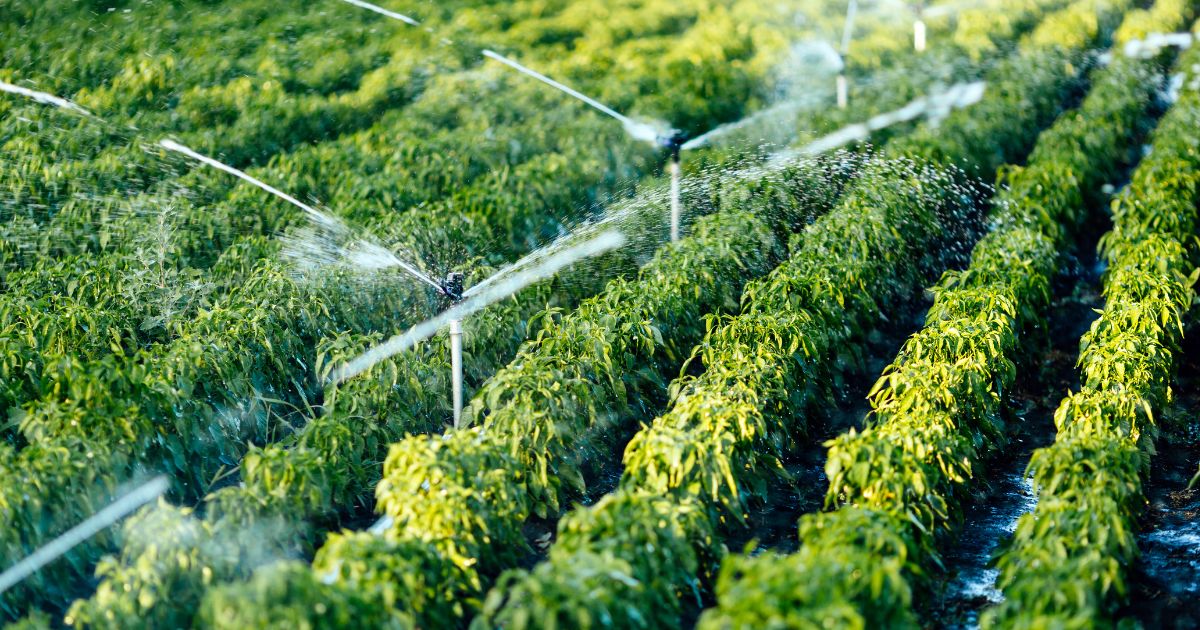The Latin America micro irrigation systems market has witnessed significant growth in recent years, driven by increasing agricultural productivity demands amidst challenges posed by climate variability and water scarcity across the region. This burgeoning market segment has attracted attention from farmers, policymakers, and industry stakeholders alike, seeking sustainable solutions to enhance crop yields while conserving water resources.
Key Market Trends and Drivers
The adoption of micro irrigation systems in Latin America has been propelled by several key factors:
- Water Scarcity Mitigation: As Latin America grapples with water scarcity issues exacerbated by climate change, micro irrigation systems offer precise and efficient water delivery directly to plant roots, minimizing water wastage compared to traditional irrigation methods.
- Government Support and Policies: Favorable government initiatives and policies promoting sustainable agricultural practices and water conservation have incentivized farmers to invest in micro irrigation systems. Subsidies and financial incentives for adopting these technologies have further accelerated market growth.
- Technological Advancements: Ongoing advancements in micro irrigation technology, such as improved drip and sprinkler systems equipped with smart controllers and sensors, have enhanced efficiency and usability, making these systems increasingly attractive to a wide range of agricultural producers.
- Environmental Concerns: Heightened environmental awareness among farmers and consumers has driven the demand for sustainable farming practices. Micro irrigation systems contribute to reducing soil erosion, fertilizer runoff, and energy consumption compared to conventional irrigation methods.
Regional Insights
Latin America’s diverse agricultural landscape has seen varied adoption rates of micro irrigation systems across different countries:
- Brazil: As one of the largest agricultural producers in the region, Brazil has witnessed substantial uptake of micro irrigation systems, particularly in soybean, sugarcane, and fruit production.
- Mexico: Increasing adoption rates in Mexico’s extensive horticultural sector, including avocado and berry cultivation, have bolstered market growth.
- Argentina: The adoption of micro irrigation systems in Argentina’s extensive grain and oilseed production has been driven by efforts to enhance water use efficiency in arid regions.
Challenges and Opportunities
Despite the promising growth prospects, challenges such as high initial costs, limited technical expertise among farmers, and inadequate infrastructure in rural areas hinder widespread adoption of micro irrigation systems. However, these challenges present opportunities for market players to innovate and collaborate with stakeholders to overcome barriers and expand market penetration.
Market Outlook
The Latin America micro irrigation systems market is poised for continued growth, with projections indicating robust expansion in the coming years. Investments in research and development, coupled with strategic partnerships between technology providers and agricultural communities, are expected to drive innovation and accessibility, further cementing micro irrigation systems as a cornerstone of sustainable agriculture in the region.

